
Cinematography

Director of Photography
This is the story of "The Forty-Seven Ronin." Based on historical events in 1701-2, the movie tells the tale of the Asano clan's downfall and the revenge of its former samurai on the perpetrator of the catastrophe. Lord Asano was goaded, or tricked, into drawing his sword inside the Shogun's palace -- a crime which carried the death penalty. The newly installed Shogun was furious at Asano and ordered all his clan's assets seized, meaning some 20,000 samurai and commoners were unemployed and landless at a stroke. Forty-seven of these ronin (masterless samurai) banded together to take attempt revenge on Lord Kira, who had goaded Asano into drawing his sword.

Cinematography
Un viejo conductor de carro-taxi está casado con una bella joven que cada noche le baña, le da masajes y le ofrece sake. Una noche, el joven amante de la mujer mata al marido y esconde el cadáver en un pozo aislado. Pasan tres años y el fantasma del muerto aparece.

Director of Photography
Film about the Ashio Copper Mine Incident and Shozo Tanaka.
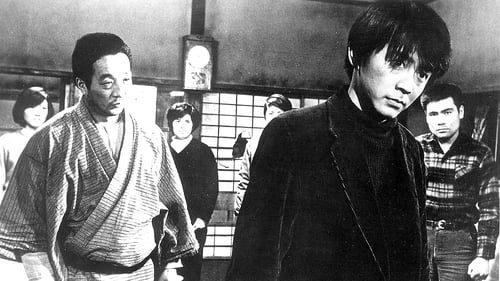
Cinematography
The second film tells about the life of matured brothers and sister Sato. Taro became a foreman. He saves every yen to fulfill his dream of building his own house with stone gates. Jiro continues to work in the transportation office, he dreams of getting married. Saburo faces a moral problem: in order to get a good position, he must answer the questions of the entrance test differently than his conscience tells him. At the exam, Saburo does not hide his views on life and is deprived of the promised position. Orie and Suekiti believe that he did wrong and betrayed his older brothers. But the anxiety in the Sato family is not limited to these events. Orie was being asked to marry a handsome, well-established young man, but she suddenly announced her decision to marry Tozaka, who was suffering from radiation sickness. Sato's peaceful home is falling apart...
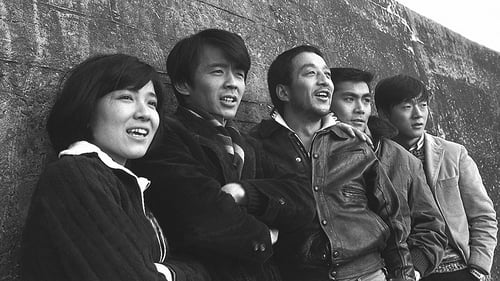
Cinematography
"Young People" is a story about the lives of four brothers and a sister, Sato. After the death of his parents, the older brother, Taro, who works in construction, decides to replace them. The second brother, Jiro, is a truck driver. The third, Saburo, is a student, dreams of a better future for the whole family are connected with him, with his career. Brothers and sisters are fighting to give him a higher education. And, finally, the youngest of the brothers, Suekichi, is also going to enter the university after graduation. The life of the Sato family is complicated. Taro is kind, but limited, not always able to find a common language with his brothers and sister Orie. The girl cannot stand the despotism of her brother, leaves her home and goes to work at the factory. With her departure, everything in the house goes upside down. Suekichi fails her university entrance exams, Orie is forced to return to her family.
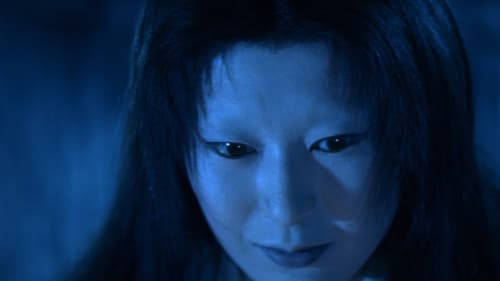
Cinematography
Filme basado en cuatro historias del escritor Lafcadio Hearn. "Pelo negro": un samurái no soporta a su mujer y la abandona por una princesa. Años después vuelve a casa para realizar un terrible descubrimiento. "La mujer en la nieve": dos leñadores se refugian de una tormenta de nieve en lo que parece ser un cobertizo abandonado. "Hoichi": el fantasma de un samurái le pide a un músico ciego que toque una balada en la tumba de su señor. "En la taza de té": un samurái se asusta ante la visión de un hombre reflejado en su taza de té.

Director of Photography
Un samurái pide permiso para practicarse el Seppuku (o Harakiri), ceremonia durante la cual se quitará la vida abriéndose el estómago al tiempo que otro samurái lo decapitará. Solicita también poder contar la historia que le ha llevado a tomar tan trágica decisión.
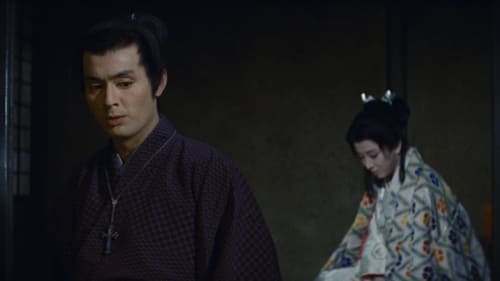
Director of Photography
La historia básica de "Amor bajo el crucifijo" es sobre Ogin, hija de un maestro del té, ambos cristianos en el Japón feudal. Ogin se enamora de un príncipe feudal, también cristiano que ya está casado, y eso crea problemas. Además, cuando el Shogun prohíbe el cristianismo, la situación empeora.

Director of Photography
The Weavers of Nishijin captures the process of traditional textile manufacture in Nishijin.
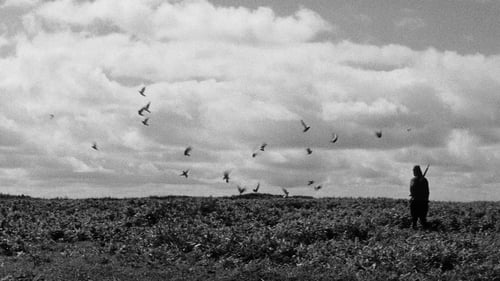
Director of Photography
Tras ser derrotados por los rusos, Kaji y los pocos hombres de su unidad que han sobrevivido emprenden una larga marcha en un intento desesperado de llegar a territorio amigo. Tras sortear no pocas dificultades, Kaji se ve obligado a rendirse y es enviado a un campo de prisioneros en Siberia.
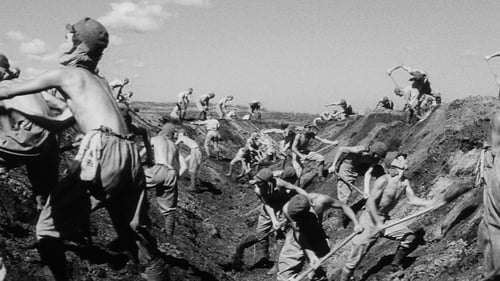
Director of Photography
Segunda Guerra Mundial (1939-1945). Forzado a unirse al ejército japonés durante la contienda, Kaji es enviado a Manchuria. Allí entabla amistad con un soldado que simpatiza con el comunismo. Tras una breve visita de su esposa, Kaji es enviado con su unidad al campo de batalla, del que muchos de sus compañeros nunca regresarán.

Director of Photography
Follows the life of Tsuru, the poor daughter of farmers in Shinshu, Japan.

Director of Photography
Durante la Segunda Guerra Mundial (1939-1945), Kaji, un japonés pacifista, trata de librarse del servicio militar aceptando un trabajo como supervisor laboral en las minas de la Manchuria ocupada. Kaji se dedica a mejorar las pésimas condiciones de vida de los prisioneros, pero sus esfuerzos son despreciados por el jefe del campo de concentración. Un día, el odio acumulado estalla y tiene terribles consecuencias.

Director of Photography
A young, struggling couple are making every sacrifice so they will one day in the not-too-distant-future, have enough money to get married. As they have agreed on this procedure, it comes as a shock to the young woman to find out from her husband-to-be that he just loaned all the money they had saved to a friend. She is understandably miffed, and a big disagreement results. But after some time goes by, she discovers why the friend needed the money so badly, and the couple are back on solid footing again.

Director of Photography
Japanese drama film.
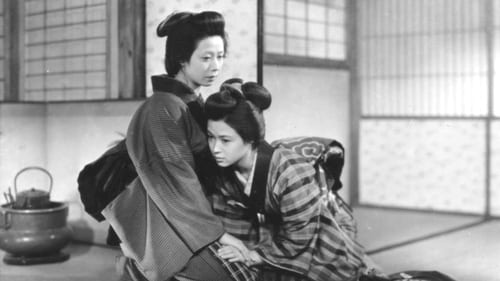
Director of Photography
Set in the 1860s, the final years of the Tokugawa Shogunate, The Fireflies focuses on Tose (Awashima Chikage), the mistress of the Teradaya, a small inn in the Kyoto suburb of Fushimi. She does not have an easy life. Her husband, Isuke (Ban Junzaburo), is a wastrel who fancies himself a kabuki singer and who is obsessed with cleanliness. Her mother-in-law, Sada (Miyoshi Eiko) dislikes her because of her humble origins (her family are farmers) and because she fears that she will inherit the inn instead of Sugi, her daughter. Sada's hopes for Sugi, however, are dashed when she runs off with a con artist and leaves her child behind for Tose to take care of. When Sada becomes seriously ill, it is Tose who nurses her. On her deathbed, Sada asks her daughter-in-law's forgiveness. Meanwhile Isuke spends most of his time with a mistress he has taken, forcing Tose to manage the inn by herself

Director of Photography
A scrap iron carrier arrived at Tokyo bay. The ship swarmed with the stevedores, the souvenir seller and the hookers. The crews of ship were oppressed by arrogant captain and his officers. The crews caused an uprising. A manager of stevedore ordered his employee leader to suppress an uprising...

Director of Photography
In a military family, an illegitimate son is brutalized by his brothers. A patriarchal, feudalistic household where dissent is forbidden is used to reveal the whole imperialist system that afflicted Japan between 1921 and 1946. Winner of the Crystal Globe at the Karlovy Vary Film Festival.
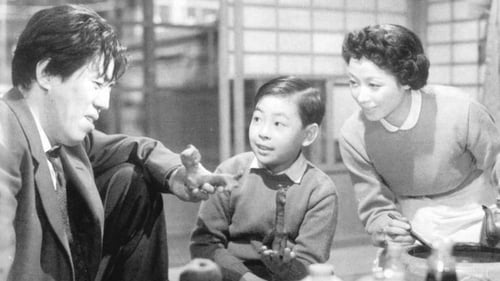
Director of Photography
In this Golden Globe winner for Best Foreign-Language Film, director Heinosuke Gosho -- a master chronicler of Japanese middle-class life -- presents the story of Kiyoshi Yoshida (Koji Shitara), who feels estranged from both parents after his father returns from war. How the boy adapts to life with the virtual stranger his father has become is the film's focus. Chikage Awashima, Yûnosuke Itô and Yoshiko Kuga also star.

Director of Photography
Based on Kakuko Mori's autobiography, about her life and retirement from acting due to her increasing blindness.

Director of Photography
Poor social conditions badly affect the relationship between a married couple, when the husband, who is desperately searching for work, fails to notice the terrible sacrifices made by his wife when she accepts a job at a local inn.

Director of Photography

Director of Photography
1950s Japanese drama.

Director of Photography

Director of Photography
Describes the oppressed life of the crab fishermen and their final revolt which is bloodily suppressed by the Royal Navy. (Set in the 1920's)
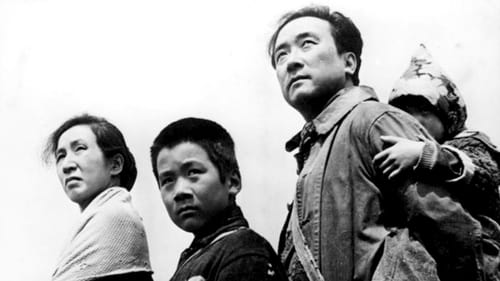
Director of Photography
About the struggles of day labourers to achieve dignity and a standard of living above the starvation level. Utilising the Zenshinza theatrical troupe.
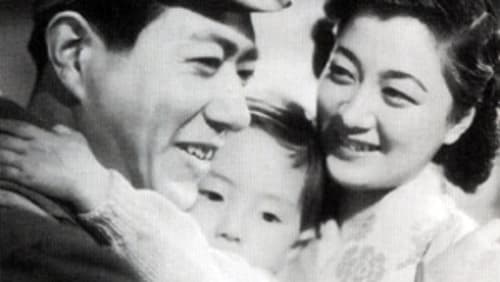
Director of Photography

Director of Photography
This film was made by the Japanese occupation authorities in the Philippines as a propaganda film to show the Philippine people the "benefits" of the Japanese invasion and takeover of their country.

Cinematography
A priest in Hokkaido adopts a blind orphan girl, and as she grows up he finds himself falling in love with her.

Cinematography
The final part of the trilogy. It is about a younger brother, Suekichi. He learned well the lessons that life taught his older brothers. Therefore, he does not think to study, but strives for material well-being alone. To make a career, he ruthlessly pushes his colleagues with his elbows. For him, the high ideals of trade union activists Jiro and Saburo are an example of old-fashioned thinking, naive behavior.






















